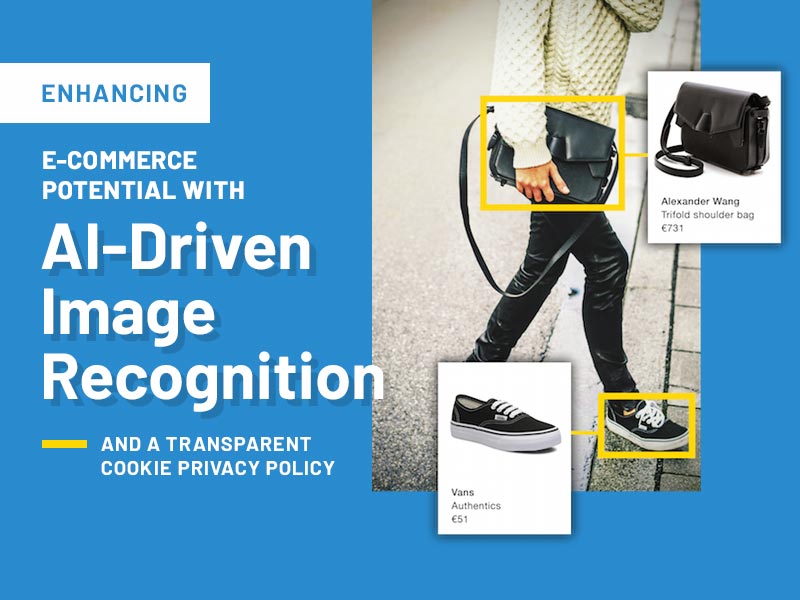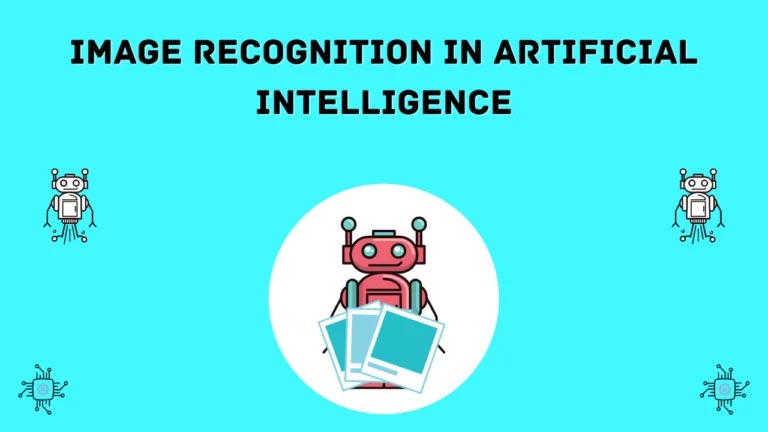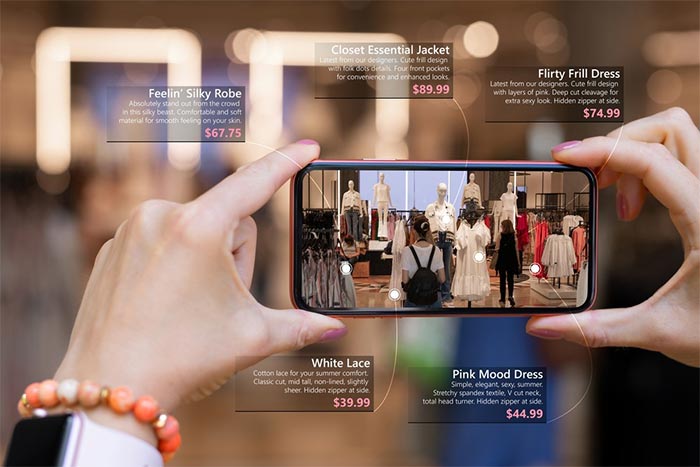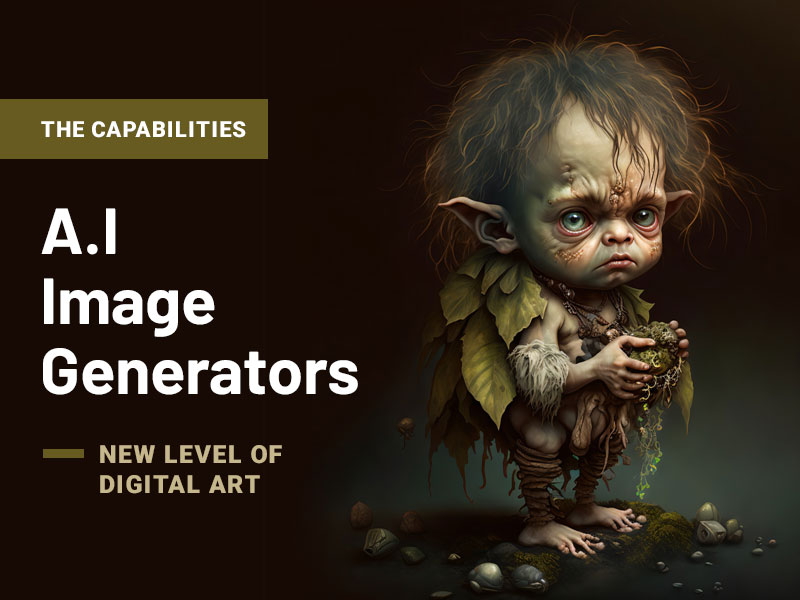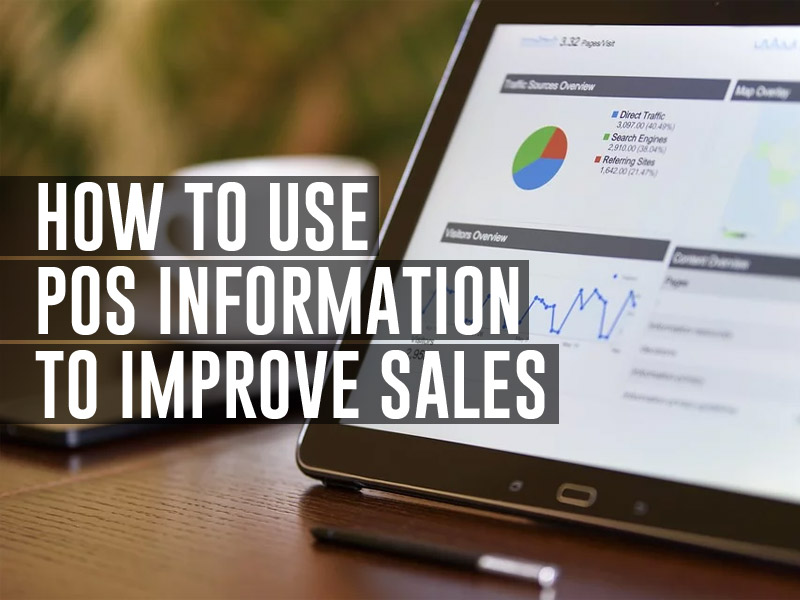Artificial intelligence has made its presence disruptive across various sectors. It is starting to influence every part of our existence. AI plays a vital role across industries—marketing, customer service and experience, healthcare, banking, and many more.
In today’s marketing, artificial intelligence provides e-commerce businesses with a significant competitive edge with its capacity to cut costs, enhance overall operations—and provide consumers with an experience never previously available.
Customers are becoming more visually oriented in their purchase preferences in this age of technology because a picture that uses AI-driven image recognition to convey meaning more efficiently than words will be worth much more. Large-scale e-commerce businesses have kept an eye on these changes in consumer behavior and resorted to AI-driven image recognition technology to enhance and expedite their consumers’ buying experiences. These new technologies, which turn images into possible sales have forever altered the game’s rules for e-commerce business. Given its widespread acceptance—the technology has a lot of promise for the e-commerce sector. In addition to this, businesses are leveraging tools like the AI Fashion Model Generator to elevate their marketing efforts. By creating high-quality images based on simple prompts and descriptions, this innovation allows brands to produce engaging visuals without the need for extensive photoshoots, adding both creativity and efficiency to their marketing strategies.
Let us walk you through how to maximize e-commerce potential with AI-driven image recognition and a transparent cookie privacy policy—we will first delve deeper to learn what AI-driven image recognition technology and transparent cookie policy are.
Understanding AI-driven image recognition
Image recognition is a branch of computer vision that deals with finding and classifying images to identify objects that are visible in one’s immediate surroundings. Artificial intelligence and machine learning algorithms are the foundation of this technology. Machine learning recognizes, classifies, and separates distinctive pictures to determine their contents. The primary goal is still to view the items as a human brain will. All of these aspects are intended to be detected and analyzed by image recognition.
Augmented reality (AR) software and AI technologies are frequently combined in search—this lets the user do searches using actual images from the real world, such as recognizing particular objects or looking up specific objects online.
Computer vision encompasses a broader range of techniques for obtaining, scrutinizing, and processing data from the outside world for use by machines. Similar to how people do it, image recognition analyzes each pixel of a picture to extract usable information.
What is a transparent cookie privacy policy?

A cookie policy is a legally binding document that lists every cookie used on a website and provides specific information about each one. It educates visitors of your website or application about the data monitoring and online privacy practices used by your business. Thanks to this, users will be able to learn more about how their data is utilized, how long cookies will be on their devices, and other things. When you revisit a website, cookies are digitally encrypted files read from your devices and browsers. They support businesses in providing superior web experiences across all devices, platforms, and visitors.
Typical uses of cookie policies include:
- Preserving linguistic choices of customers
- Monitoring internet market data using analytics
- Retargeting visitors on social media
- Keeping track of the goods in a virtual shopping cart
- Providing access to CMS logins or blog commenting features
A privacy policy is not the same as a cookie policy. Information on all the data you gather, process, keep, or transmit is included in your privacy policy. A cookie policy only considers cookies that monitor user information. Some locations have cookie rules you must adhere to, while others do not.
A cookie banner, which you must have seen on websites as a popup asking if you accept the usage of cookies or not, and a cookie policy are not the same. However, these two complement each other.
Realizing e-commerce potential using AI-driven image recognition
Technology continues to push the boundaries of what e-commerce is capable of, from virtual reality and software-as-a-service to digital transformation and artificial intelligence. Every day, something new teams up for the attention of businesses and online merchants because of the compounding technological developments.
In the future of internet searches, the technology and visual basic AI-driven image recognition will significantly benefit businesses and their customers. As more customers than ever use their cell phones to make purchases, it’s also paving the way for enhanced mobile image recognition e-commerce capability.
Deep learning-based image identification will give your company valuable tools like consumer analytics, functionality for social media commerce, tailored searches, and more. You will also be able to create efficient marketing plans and campaigns using the data obtained by picture recognition e-commerce technology to increase your ROI.
Let us dive deeper into how AI image recognition technology and transparent cookie policy will play a role in maximizing e-commerce potential.
1. Makes image recognition-based recommendations seamless and simple
Contextualization will significantly improve search results for image recognition with AI by using AI algorithms to organize and categorize specific phrases for the product. Every time a picture is uploaded, this simple procedure will be used, and how successfully the neural network is trained will determine how consistently tags are applied.
E-commerce marketplaces and vendor onboarding teams must examine the quality of product images to ensure they adhere to the website’s rules using image moderation solutions. The AI must be programmed to check for all fundamental e-commerce best practices. The solution operates quickly and at scale when dealing with massive numbers of images.
The image recognition engine evaluates several aspects of the product image to see if they adhere to the retailer’s standards. Based on the demands of the shop, the AI models are taught to evaluate new or customized criteria.
2. Offers robust customer experience and enhanced conversions

Excellent customer experience through AI-driven image recognition by e-commerce businesses is achieved via:
Leveraging image-based personalization
For analysis of consumer behavior, interests, and preferences, using product images as a starting point, image-based personalization enables e-commerce businesses to provide their consumers with pertinent product recommendations.
On an e-commerce website, each product image has distinctive qualities based on several identifying characteristics. Customers will search thoroughly to find what they need. They look at a specific category and a given price range while looking at any item, like a shoe. Additionally, a particular pattern, color, and style specifications must be satisfied by the customers. After choosing these critical qualities, they will search for the products they wish to buy.
Each image’s unique characteristics serve as the data you need to monitor in order to give your customers the most accurate product suggestions.
Three elements are required to create a customization strategy that offers clients recommendations for products based on images:
- A robust email marketing software to offer tailored advice based on consumer behavior
- Building a recommendation engine with the capacity to analyze numerous models and deliver the most accurate suggestions
- Large quantities of past consumer data to train the AI engine’s algorithms
Leveraging cookies
While a cookie policy template will entail the standards and best practices for a cookie policy—cookies will be used to customize the user’s browsing session by displaying different content based on the number of pages seen throughout the session. An e-commerce site will help returning customers remember the items they were considering purchasing during their previous online shopping session by preserving the cart contents using cookies.
Cookies are used to customize the user’s experience while surfing by displaying various types of content according to the number of pages they have viewed. An e-commerce site that uses cookies to save the contents of the shopping cart will make it easier for repeat customers to recall what they were interested in purchasing the last time they visited.
Data collection for analytics is another frequent application of cookies. Website analytics tools employ the raw data that cookies collect to produce meaningful site performance statistics. Site owners must use it to find out how people visit their website, how frequently they come, how many pages they browse, etc.
Cookies are frequently used in automated ad targeting, which shows users relevant adverts based on their behavior on your site or other websites.
3. Aids rapid product search
Online shopping has surpassed traditional shopping since it eliminates the many hours wasted on fitting and waiting in lines. If a consumer has a picture of the item they want to buy, image recognition can reduce the amount of time spent on a product search to a few seconds. In addition, product alternatives that vary in price and retailer or highlight comparable goods inside a single store are also demonstrated by IR technology.
In addition to the above potential uses of AI-driven image recognition, the following are some more advantages of using it by e-commerce businesses:
- Speeds up customers’ purchase decisions
- Boosts your conversion rates and revenues
- Offers a more enjoyable and streamlined shopping process
- Decreases bounce rate, ensuring maximizing your earnings
Enhancing e-commerce potential with AI-driven image recognition
You have a higher chance of giving more relevant and customized product suggestions that interact with your clients if you deliver recommendations based on AI-driven image recognition.
Look into the possibilities of artificial intelligence and machine learning to optimize e-commerce with AI-driven image recognition and a clear cookie privacy policy and provide your consumers with the most significant buying experience. It will assist you in creating a strategy for the future that will work by enhancing customer experience, and increasing conversion rates.
